China puts on intimidating display of naval might
Xi Jinping’s got a big, shiny new navy and he’s showing it off in such a way that it has sparked fears about the possibility of a new “open war”.
Chairman Xi Jinping’s got a big, shiny new navy, and he’s decided to show it off.
Three groups of warships have been sent into the South and East China Seas and the Pacific as the US and its allies conduct their biennial RIMPAC exercises off the island of Hawaii.
China’s first homegrown aircraft carrier is operating with an assault ship in the South China Sea in an intimidating display to the Philippines.
Chinese destroyers, frigates, supply and spy ships are sailing around the islands of Japan, because they can.
And a whole lot more of the same are putting on a show around the island democracy of Taiwan.
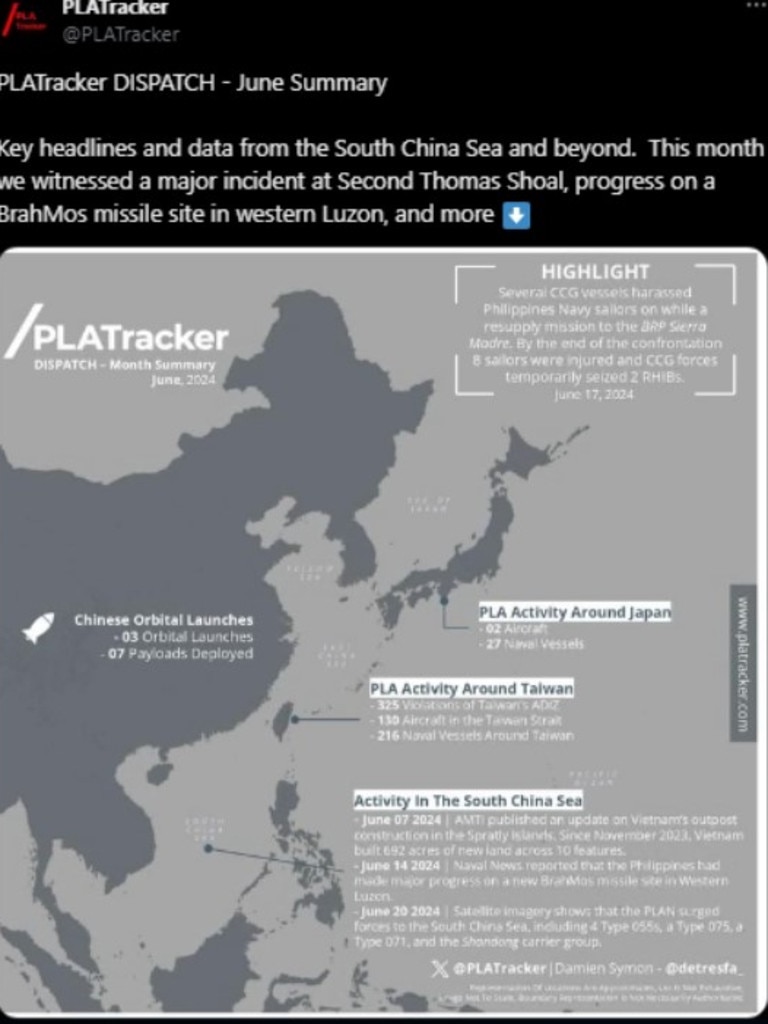
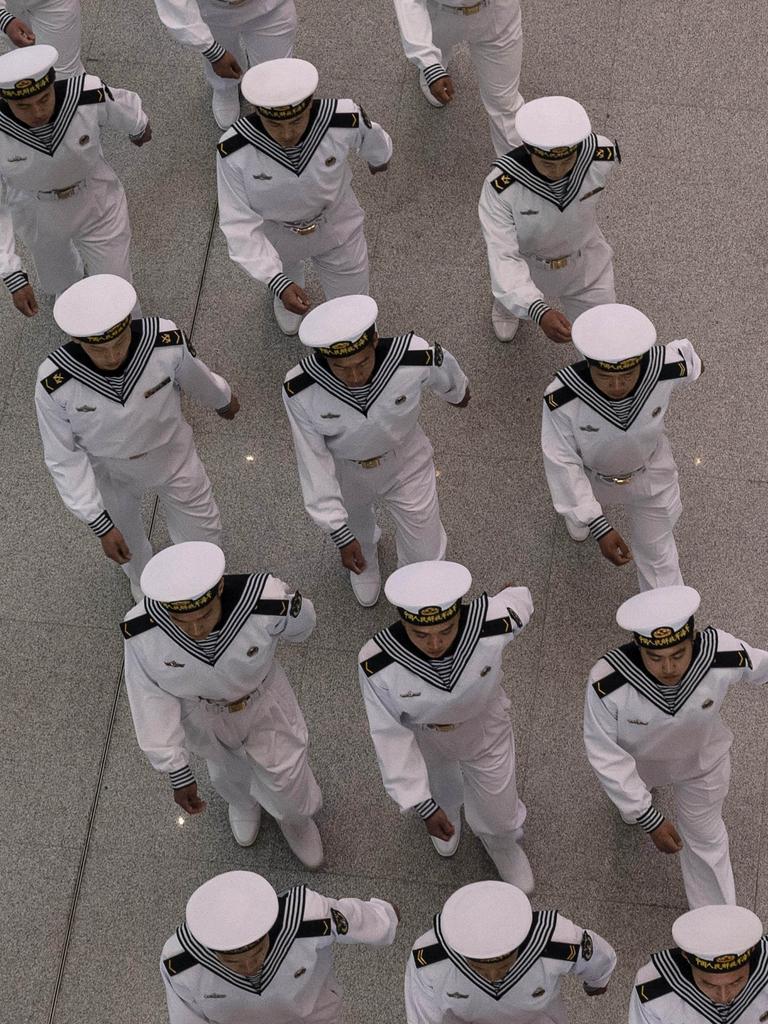
International affairs analysts say it’s yet another step-change in activity designed to force China’s neighbours to surrender territory in the face of overwhelming military might.
Beijing insists it owns the entirety of the South and East China Seas.
It defines its “sphere of influence” as The First Island Chain.
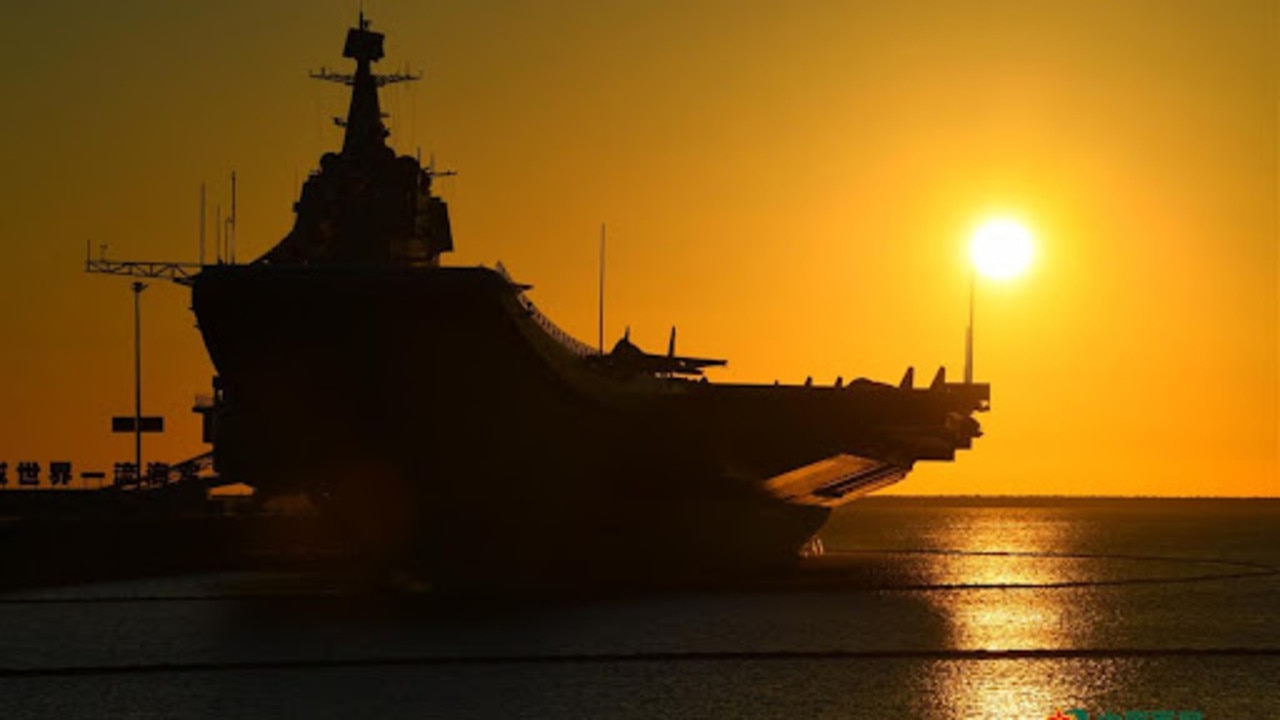
And it doesn’t care what the nations that form this chain – South Korea, Japan, Taiwan, the Philippines, Vietnam, Malaysia, Borneo or Indonesia – think about this.
And the rapidly devolving scenario has prompted Indonesian academic and Australian National University scholar Aristyo Rizka Darmawan to warn ASEAN – the loose Association of South East Asian Nations – that it now “needs to be prepared not only to prevent conflict, but also to respond to it”.
Gunboat diplomacy
The Chinese Type 815A surveillance ship Tianshuxing (795) was observed passing between Miyako Island and Okinawa to enter the Philippine Sea.
These were likely on their way to monitor the radar, jamming and communications signals emitted by US, Australian and allied warships during their RIMPAC war-games near the Hawaiian Islands.
And another group of Chinese destroyers and frigates, now joined by a Russian corvette, have been circling Japan, passing through the narrow Tsushima and Tsugaru Straits.
Commercial satellite photographs this week captured a powerful eight-warship formation operating in the northwestern South China Sea near the Paracel Islands. China captured these islands from Vietnam in a 1974 invasion.
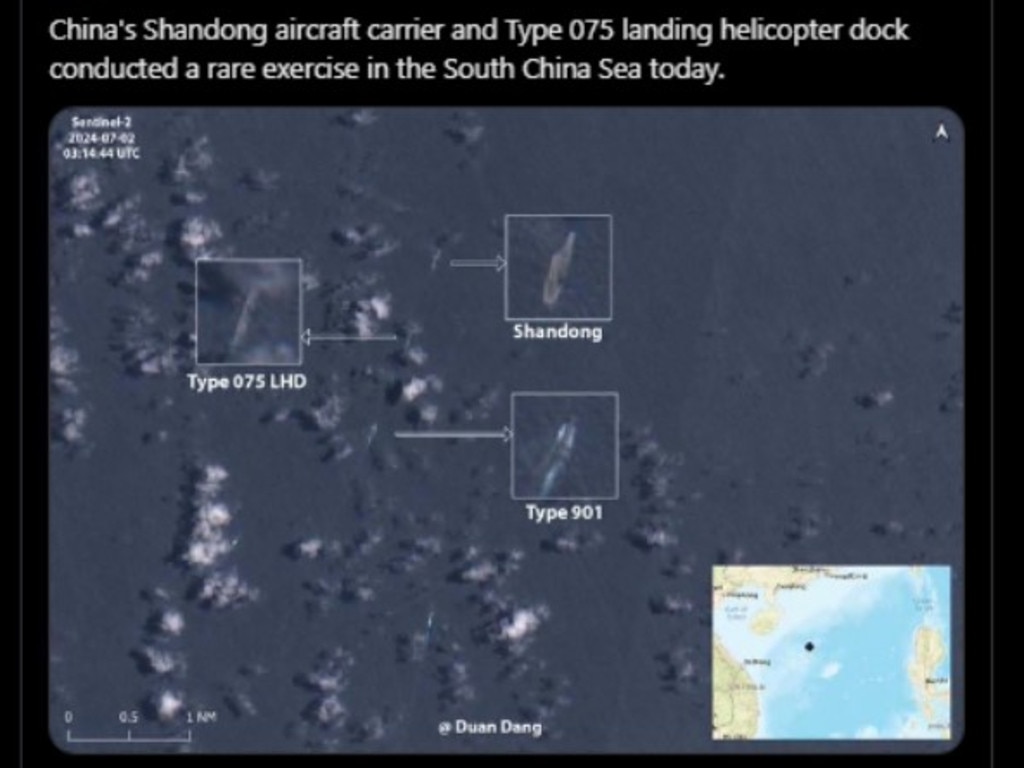
The task force included the Chinese aircraft carrier PLAN Shandong, a large helicopter-carrying Type 075 amphibious assault ship and two air-warfare cruisers.
The US aircraft carrier USS Theodore Roosevelt and its battle group, meantime, was passing south of the Spratleys on its way to the Middle East amid heightened tensions between Israel and Iran.
Doctoral scholar Darmawan writes in the Australian Institute for International Affairs (AIIA) Australian Outlook journal that it’s time for the nations that make up the region to respond.
“Despite the risk of escalation, ASEAN does not seem to have a firm and clear strategy on how it will respond if the South China Sea suddenly turns into an open war,” he writes.
“ASEAN must make it clear on what it would consider to be off limits in the South China Sea. This red line must be considered, if for no other reason than preventing what has occurred with the Philippines from happening to other ASEAN claimants.”
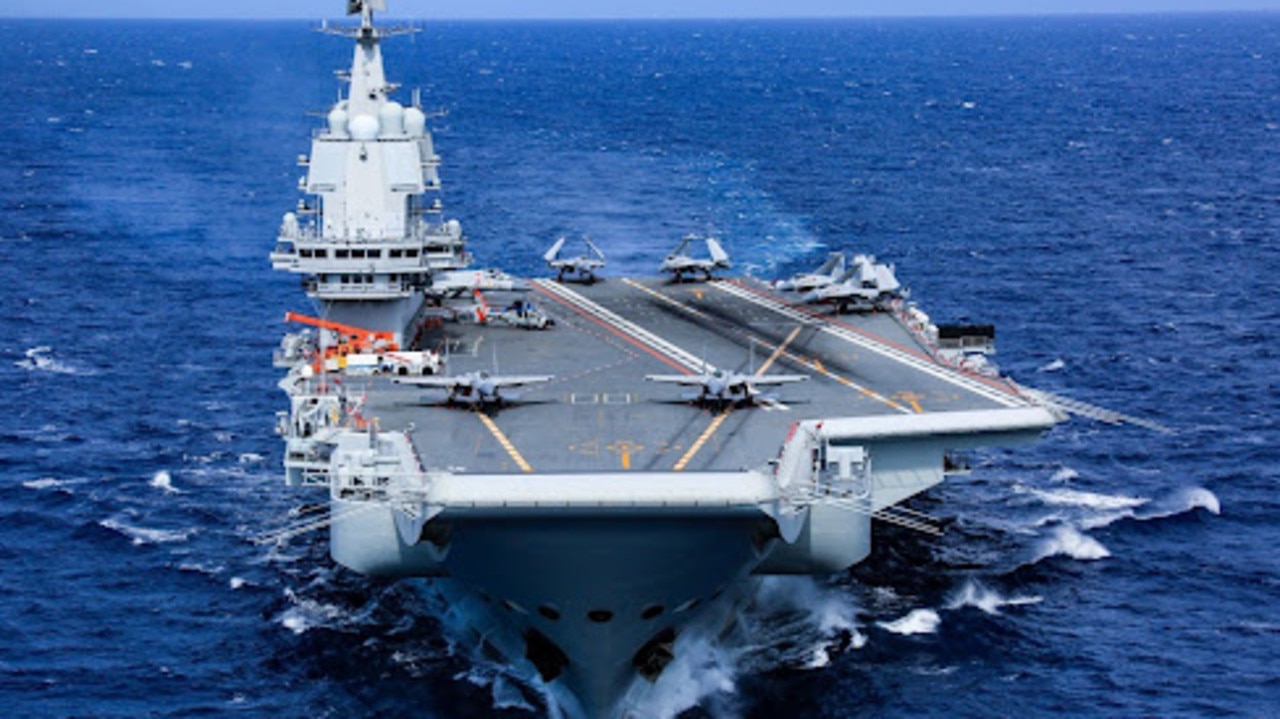
Attempts to de-escalate
On Tuesday, Beijing and Manila held talks aimed at de-escalating tensions in the Spratly Islands following an incident on June 17 where Chinese and Philippine personnel came to physical blows.
Chinese Coast Guard repeatedly rammed and eventually boarded boats attempting to resupply the Philippine garrison hulk BRP Sierra Madre on Second Thomas Shoal.
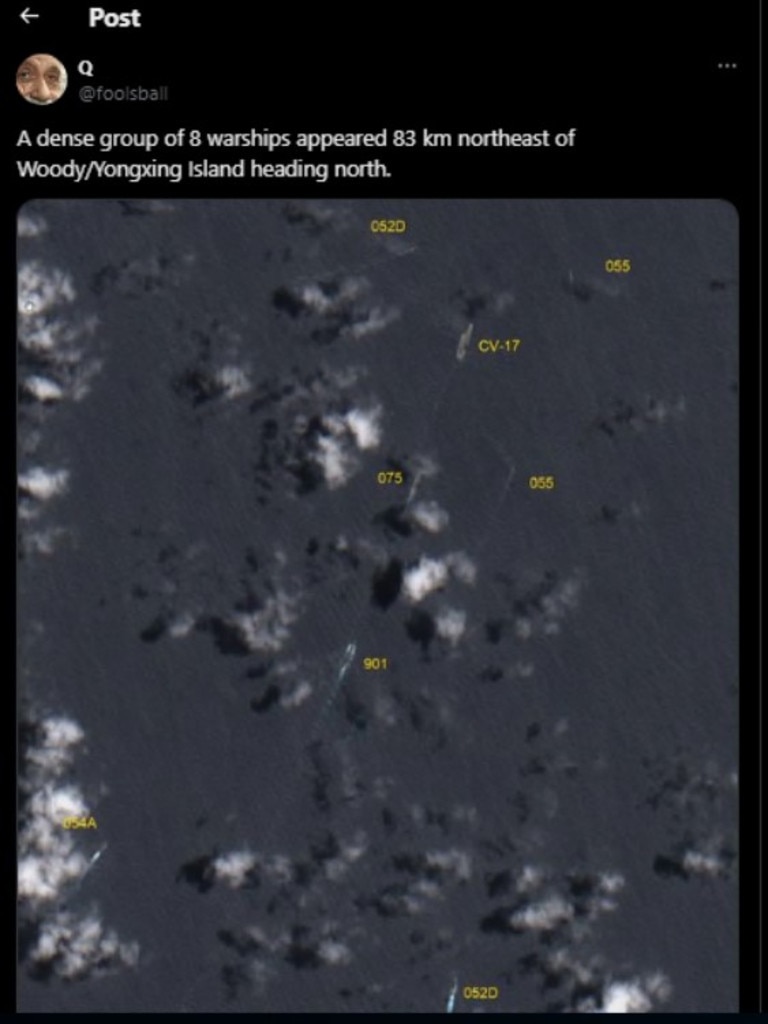
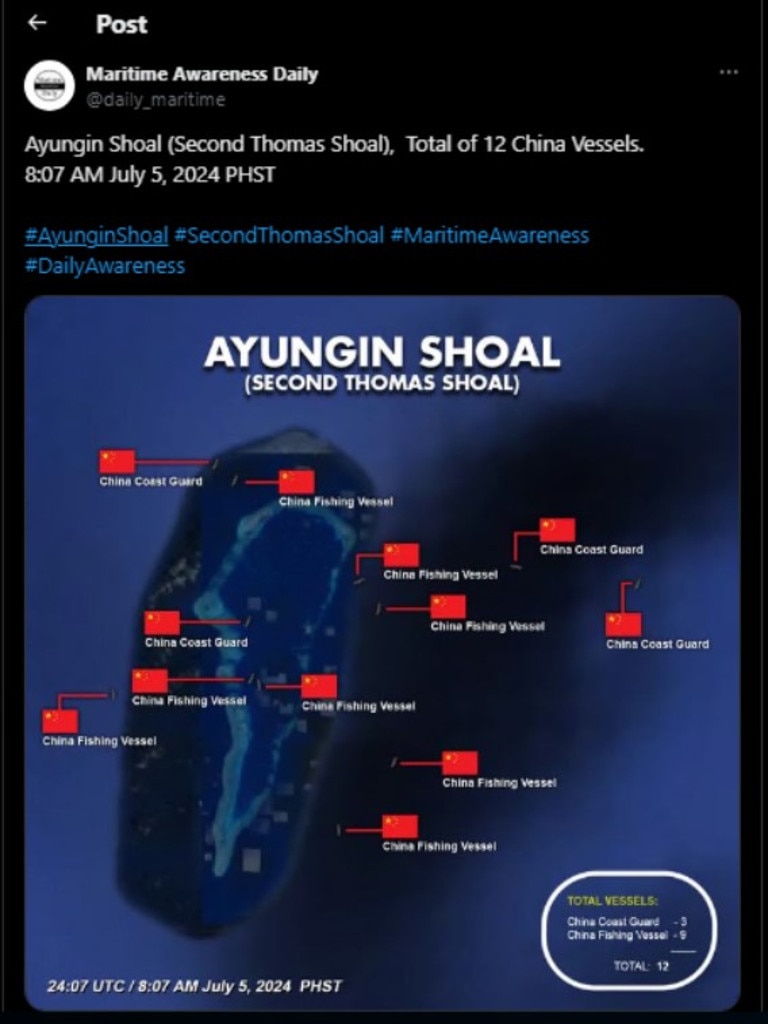
Several Filipino naval personnel were injured in what Manila labelled “an act of piracy”.
Philippine Foreign Affairs Undersecretary Maria Theresa Lazaro and Chinese Vice Foreign Minister Chen Xiaodong met in Manila after activating a Bilateral Consultation Mechanism.
A Philippine statement said there was “substantial progress on developing measures to manage the situation at sea, but significant differences remain”.
Beijing accuses the Philippines of “infringing” on its territory and “provocative acts in the sea”.
Manila insists it will “protect its interests” and “uphold its sovereignty, sovereign rights and jurisdiction”.
Beijing’s enormous 12,000-ton Coast Guard Cutter 5901 has taken up station alongside Philippines Coast Guard boats as the two nations face off over ownership of the remote Second Thomas Shoal in the central South China Sea Spratly Islands.
It joins several other Coast Guard vessels and dozens of Chinese “fishing militia” (Communist Party-controlled enforcement vessels) occupying the area.
Philippines Coast Guard chief Jay Tarriela has accused the Chinese ship of “directly encroaching upon” territorial waters around the Spratly Islands of Parola and Pagasa, “violating our sovereignty”.
And Thursday, Philippine military chief General Romeo Brawner said his forces will in the future defend themselves “with the same level of force” if assaulted by the Chinese again.
“For the time being, these assertions have been contained, but whether they escalate into broader tensions, and potentially open conflict, remains to be seen,” warns Darmawan.
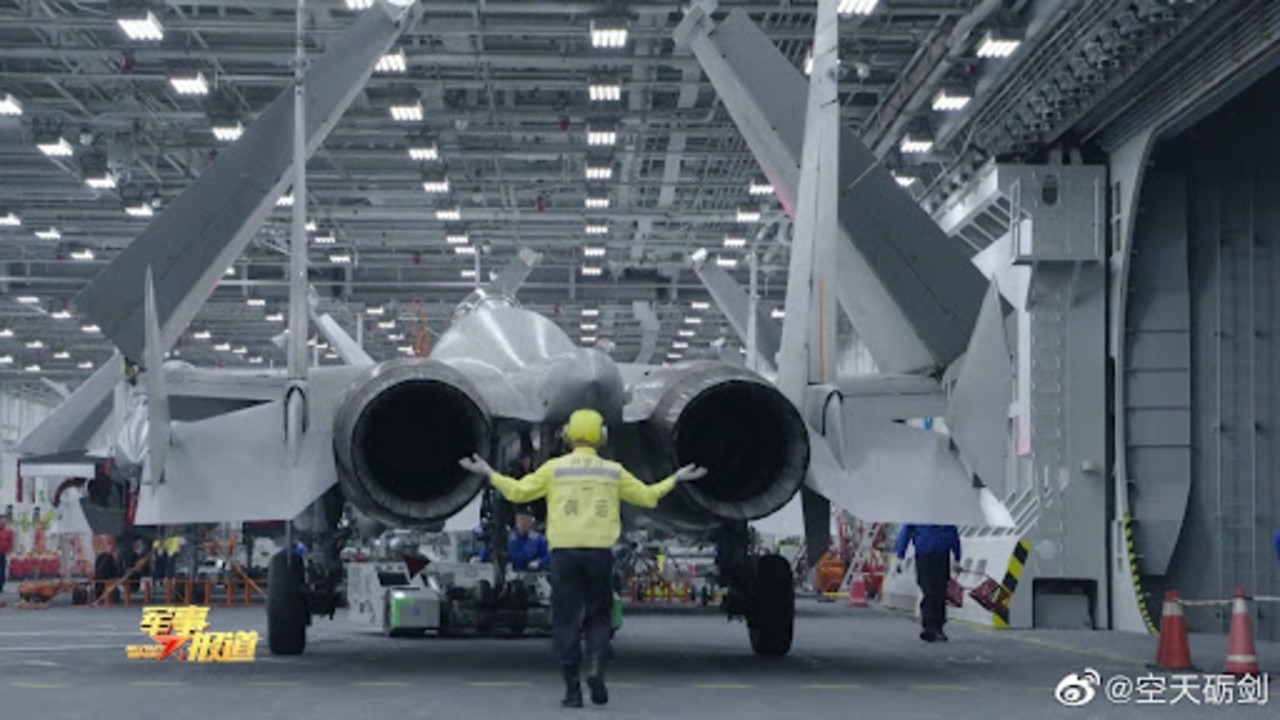
Pressure on multiple fronts
The coast guards of both China and the Philippines continue to confront each other across the sandbanks and coral reefs of the Spratly Islands.
And the presence of the enormous Zhaotou-class Chinese Coast Guard vessel has been made all the more intimidating after it turned off all navigational beacons and tracking aids.
This, however, drew the attention of Canada’s “Dark Vessel Detection” project – established to locate blockade-running North Korean, Russian and Iranian tankers and cargo ships, and illegal Chinese fishing fleets. It is passing regular updates on the location of CCG 5901 on to Philippines authorities.
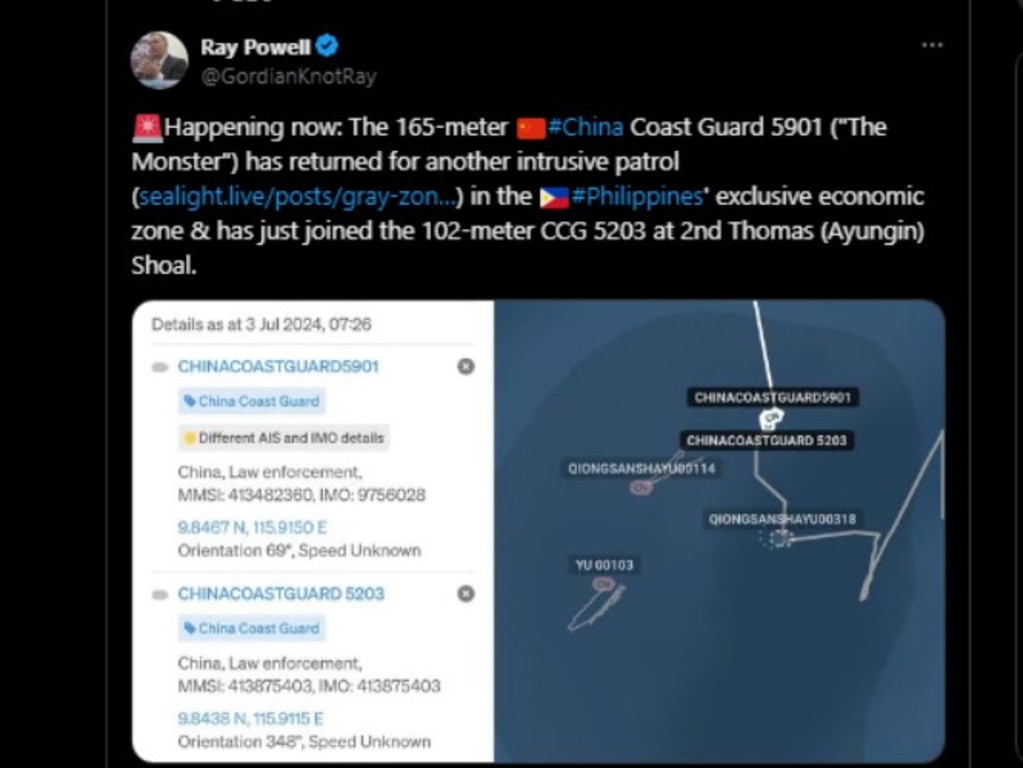
The ship was observed coming within 34 nautical miles (63km) of the Philippines home island of Palawan – just outside the 22 nautical mile (41km) national border established by the United Nations Convention on the Law of the Sea (UNCLOS).
China is a signatory. But it has repeatedly rejected its application to the South and East China Seas.
Beijing, however, is exercising its UNCLOS right of “free” and “innocent” passage by sending warships through Japan’s Exclusive Economic Zone (EEC, where ships can pass but not undertake commercial activities) and designated shipping lanes.
These include the narrow passage between Japan and South Korea and the channels around the Japanese island of Okinawa that link the East China Sea with the Pacific Ocean.
China is exercising this right this week with the activities of its other warships. But it insists other nations have no such rights in the Taiwan Strait or near the Paracel, Spratley or Senkaku Islands.
On Thursday, Beijing declared it had “driven away” several Japanese fishing and patrol vessels approaching the Senkaku Islands (which China calls the Diaoyu Islands).
“We urge the Japanese side to immediately cease all illegal activities in these waters,” a China Coast Guard spokesman said.
After World War II, the United Nations allowed the Senkaku Islands to remain under Japanese control. Neighbouring Taiwan (then called Formosa) had been occupied by Japan after Beijing surrendered it in the 1895 Treaty of Shimonoseki. After World War II, the UN handed Taiwan to China as a protectorate.
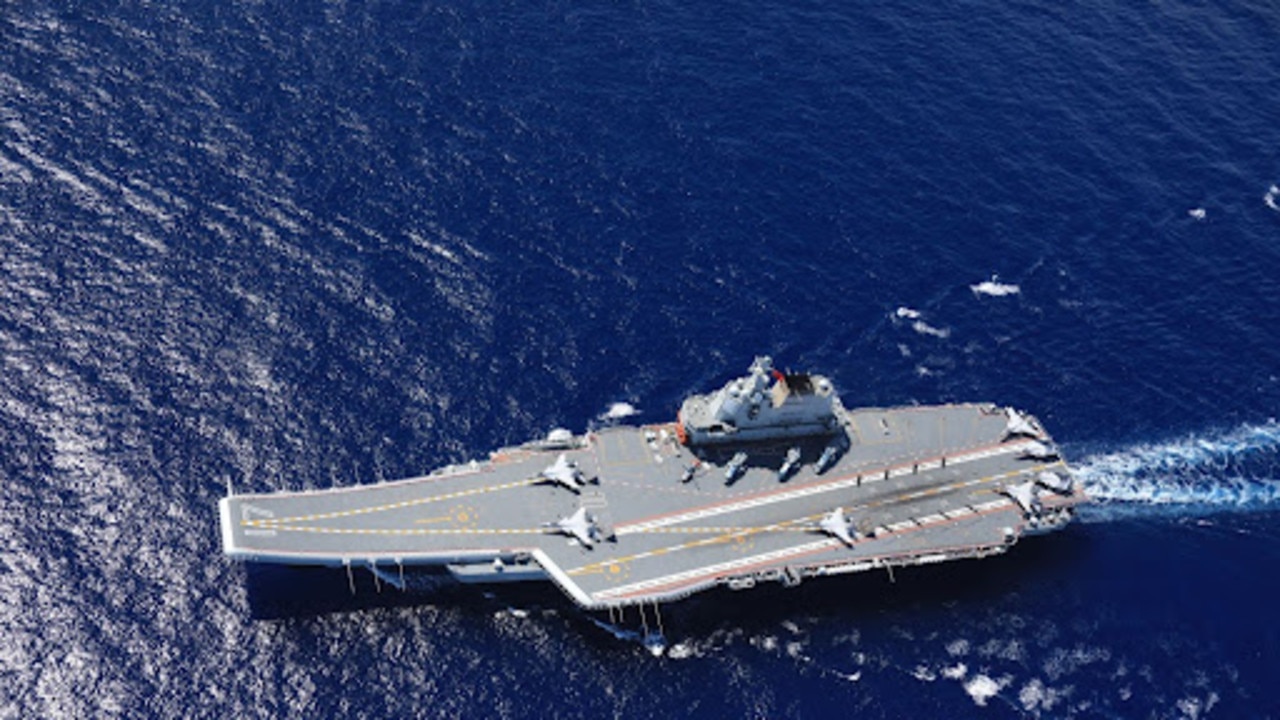
Conflict fears
“Any open conflict in the South China Sea will have an immediate impact on all Southeast Asian countries, if not the entire world,” warns Darmawan.
“The coastal communities and fisheries will be the front line where major disruption to food and other mineral resources will occur.”
Some 21 per cent of global trade passes through the South China Sea, estimated at about $A5 billion annually.
This links the region’s major manufacturing hubs to Africa, Europe, and Central Asia. It’s also a vital return conduit for resources such as iron ore, gas, oil and foodstuffs.
“Disruption to the trade route will greatly impact those most dependent on the South China Sea, including China, Vietnam, Singapore, Indonesia, Japan, and South Korea,” says Darmawan.
“The economic implications therefore are far-reaching.”
Beijing appears to be planning an escalation in its rhetoric and propaganda alongside the growing activity of its warships.
The Communist Party controlled South China Morning Post reports a seminar of 100 historians and legal academics was instructed to “restore the rightful background on South China Sea issues from historical and legal perspectives”.
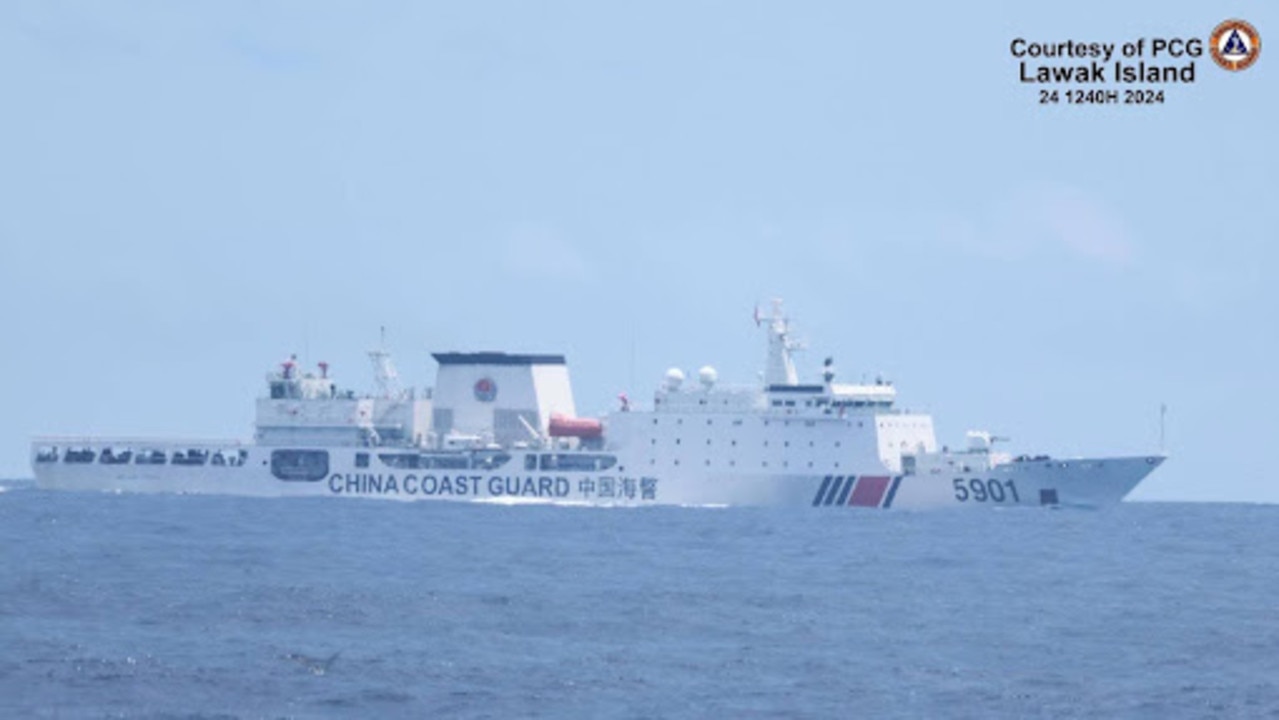
The plan is to flood international social media and regional diplomatic channels with enough new interpretations of history and legalese to provide plausible deniability in the face of China’s ongoing breaches of UNCLOS and territorial rights.
In particular, it wants the academics to attack the 2016 United Nations International Court of Arbitration ruling that rejected Beijing’s insistence that it had “historical” sovereignty over the entire area.
“China can disseminate false messaging about international law through a centralised state mechanism at the speed of AI — something the US cannot match effectively without a holistic strategy,” notes US National Defence University legal and cyberspace expert Professor Jill Goldenziel.
“Fighting words are flying in the South China Sea. The US must prepare to fight with its full legal arsenal.”
Darmawan, however, is focused on the looming threat of a shooting fight.
“ASEAN should take lessons from the ongoing wars in Ukraine and Gaza, and consider the terrible implications of ongoing clashes,” he concludes. “ASEAN will need to do more than its past best to prevent conflict and to be prepared for the possibility of conflict in the future.”
Jamie Seidel is a freelance writer | @JamieSeidel






